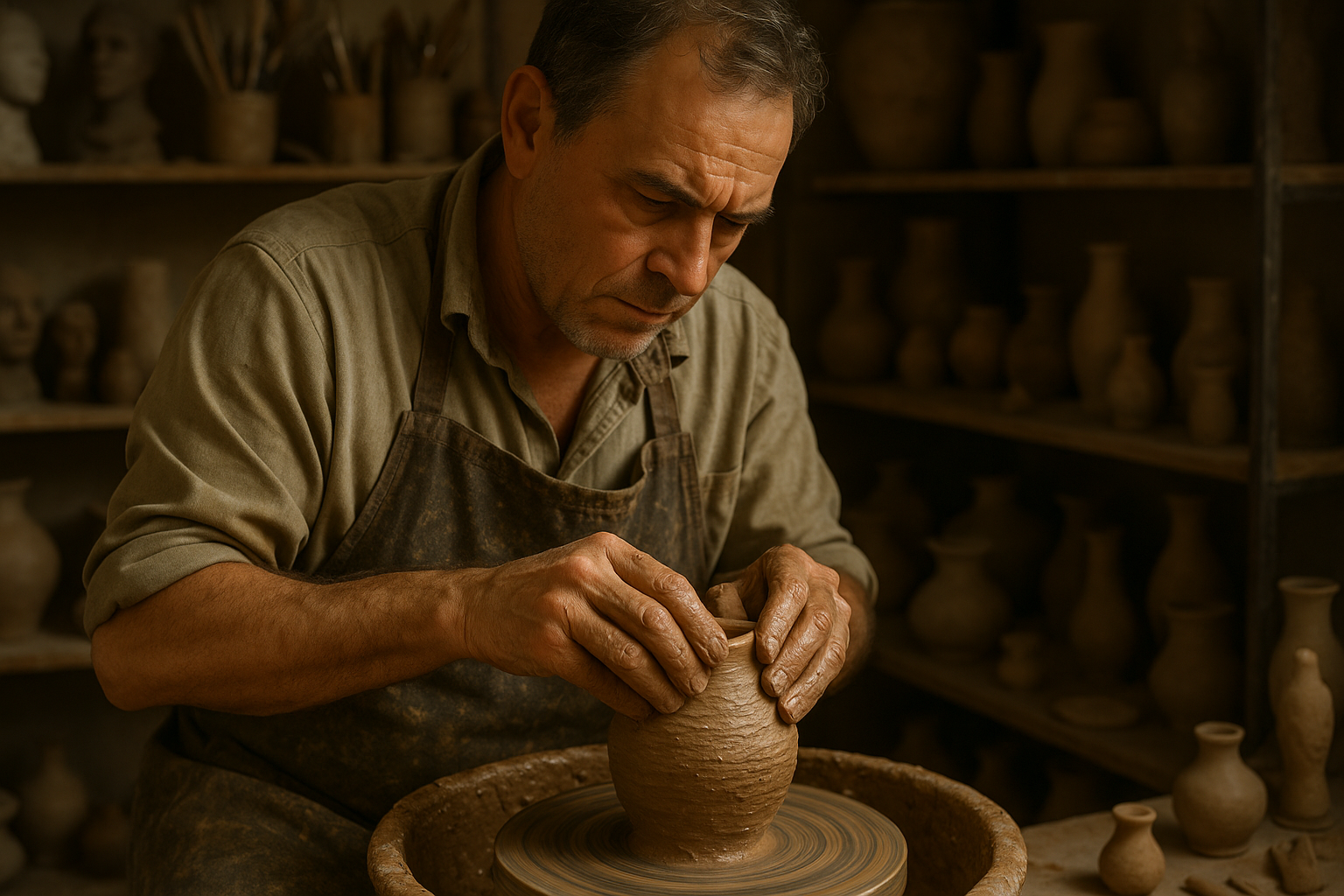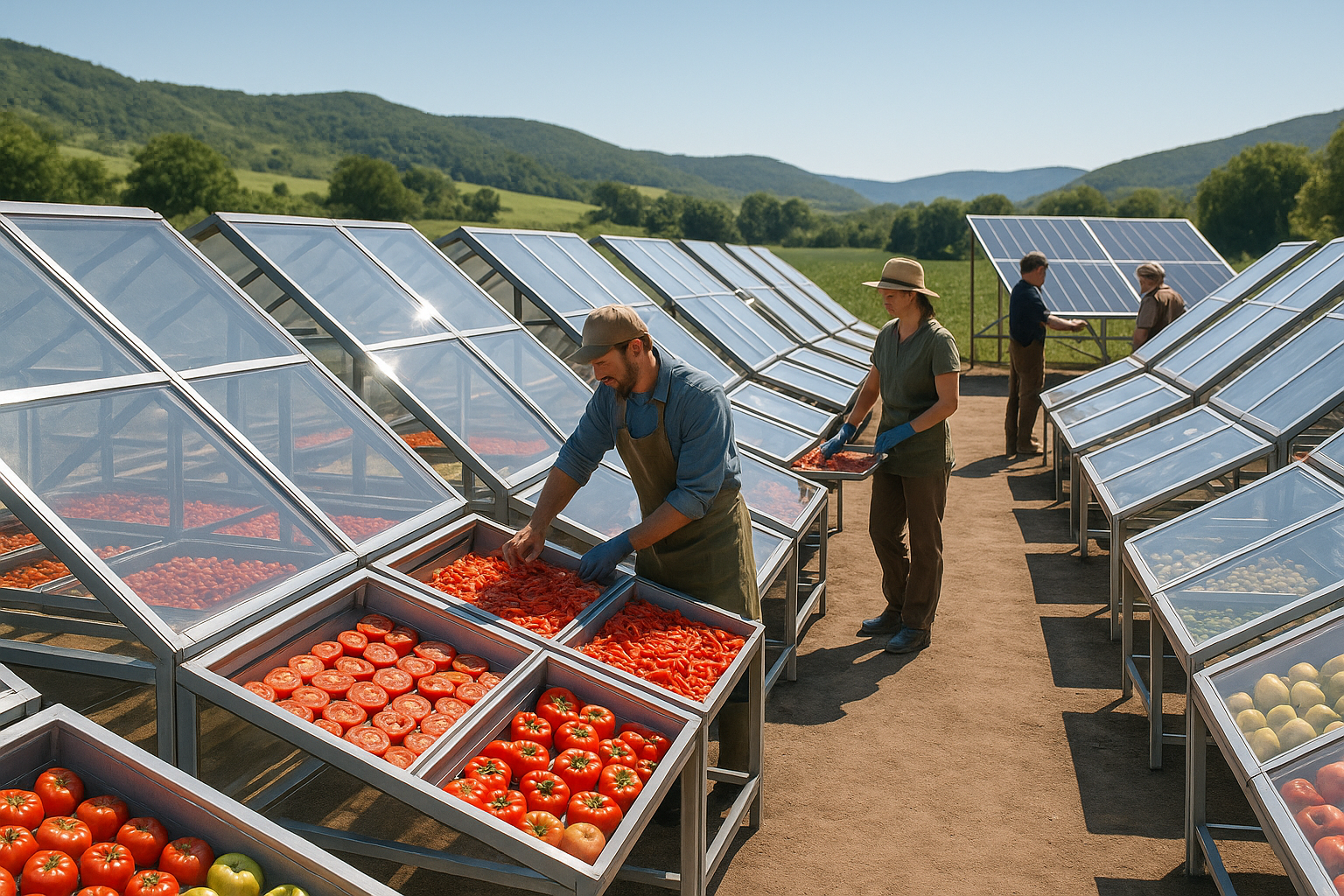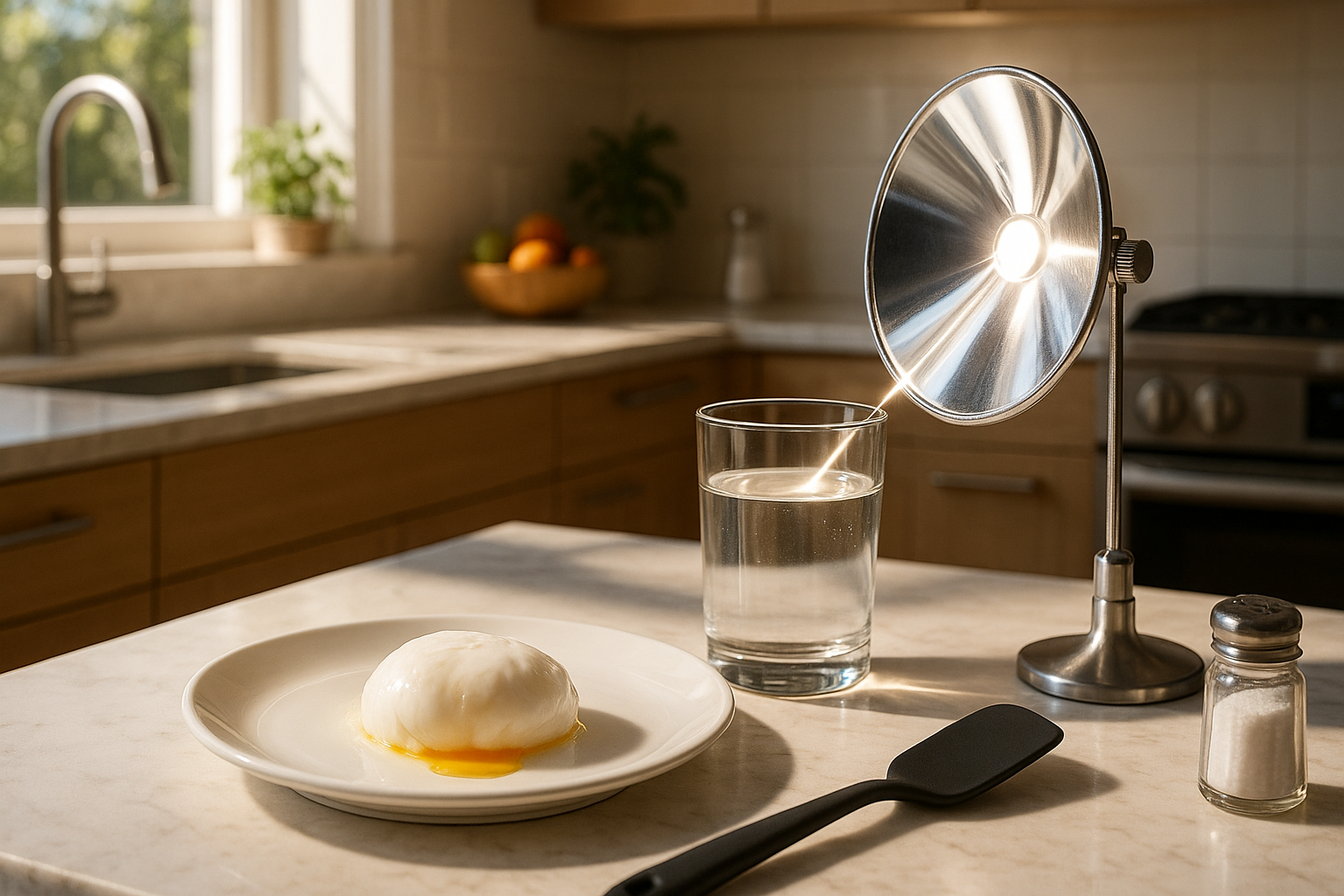In the realm of art, where creativity knows no bounds, clay encasing stands out as a mesmerizing craft that combines tradition with innovation. Whether you’re a seasoned artist or a curious novice, the journey of transforming a simple lump of clay into a breathtaking masterpiece is as rewarding as it is intricate. But what exactly is clay encasing, and why has it captured the imaginations of artists around the globe? 🌎
Clay encasing, at its core, involves enveloping objects with clay to create unique textures and shapes that might seem impossible at first glance. This technique offers endless possibilities for sculptors and potters, allowing them to experiment with different materials, forms, and finishes. From the subtle curves of a delicate vase to the bold contours of a modern sculpture, the art of clay encasing provides a playground for innovation and self-expression.
In this comprehensive guide, we will explore the depths of clay encasing, equipping you with the knowledge and techniques to elevate your pottery and sculpture work to new heights. You’ll discover the rich history of this craft, dating back centuries, and learn how contemporary artists are pushing its boundaries today. We’ll also delve into the technical aspects, providing you with a toolkit of skills and tips to enhance your artistic repertoire.
Our journey will begin with a deep dive into the fundamentals of clay selection. Understanding the properties of different types of clay is crucial to the success of your encasing project. Whether you prefer the earthy tones of terracotta or the smooth finish of porcelain, each variety brings its own unique characteristics and challenges. We’ll guide you through the process of choosing the right clay for your specific needs, ensuring that your creations are both beautiful and durable.
Next, we will explore the essential tools and techniques used in clay encasing. From basic hand tools to advanced sculpting equipment, knowing how to properly utilize these instruments can make all the difference. We’ll also discuss various encasing methods, such as slab building and coiling, each offering distinct advantages depending on the desired outcome. By mastering these techniques, you’ll be able to bring even the most ambitious designs to life.
Surface texture and finishing are pivotal in transforming a good piece into a stunning masterpiece. We’ll cover a range of techniques for adding intricate details and finishes to your encased creations. From carving and engraving to applying glazes and patinas, these methods will help you achieve the perfect look and feel for your work. 🎨
In addition to technical skills, creativity and inspiration play a vital role in clay encasing. We’ll provide you with a plethora of ideas and examples from renowned artists who have made significant contributions to the field. Learn from their successes and challenges, and find inspiration in their innovative approaches and unique styles.
Finally, we’ll address the common challenges and mistakes encountered in clay encasing and offer practical solutions to overcome them. Whether you’re dealing with cracks, warping, or unexpected results, our expert tips will help you troubleshoot and refine your techniques.
By the end of this guide, you’ll not only have a deeper understanding of clay encasing but also the confidence to embark on your own artistic projects. So, grab your tools and let’s dive into the fascinating world of clay encasing, where each creation tells a story, and every artist leaves their mark. 🖌️
# Master the Art of Clay Encasing: Techniques for Stunning Sculptures and Pottery
The world of ceramics and pottery is vast and full of creative possibilities. Clay encasing, a technique that involves covering or wrapping objects with clay, adds a new dimension to this art form. Whether you’re a seasoned potter or a beginner, mastering clay encasing can transform your work into stunning pieces that captivate and inspire. In this article, we will delve deep into the techniques, tools, and tips that will help you excel in clay encasing. We’ll also provide comparisons, insights, and resources to enhance your learning experience.
## Discovering the Versatility of Clay Types
Clay encasing requires a solid understanding of the different types of clay available. Each type of clay has its unique properties, which can significantly impact the outcome of your encasing project. Understanding these properties will allow you to choose the best clay for your specific needs.
### Types of Clay: A Comparative Analysis
Different types of clay can be used for encasing, each offering unique benefits and drawbacks. The most common clays used are earthenware, stoneware, and porcelain. Here’s a comparative table to help you understand their characteristics:
| Clay Type | Firing Temperature | Plasticity | Best Used For |
|---|---|---|---|
| Earthenware | Low (1000°C – 1150°C) | High | Colorful glazes, beginner projects |
| Stoneware | Mid (1100°C – 1300°C) | Medium | Functional pottery, durable pieces |
| Porcelain | High (1200°C – 1400°C) | Low | Fine art, intricate sculptures |
As you can see, earthenware is excellent for those just starting out, due to its high plasticity and forgiving nature. Stoneware offers a good balance of durability and ease of use, making it ideal for functional pottery like mugs and bowls. Porcelain, while more challenging to work with due to its low plasticity, is unparalleled in creating fine, detailed sculptures.
### Choosing the Right Clay for Your Project
Selecting the right clay depends largely on your project goals. If you’re aiming for a vibrant, colorful finish, earthenware with its low firing temperature and ability to hold glazes well is a superb choice. For projects that require strength and durability, such as dinnerware or outdoor sculptures, stoneware’s robustness is ideal. Meanwhile, porcelain should be your go-to for detailed artistic pieces, where the focus is on aesthetic beauty rather than function.
It’s also worth noting that blending different types of clay can yield interesting textures and finishes. Experimentation is key, and as you become more familiar with the properties of each clay type, you’ll find unique combinations that suit your artistic vision.
## Tools of the Trade: Essential Equipment for Clay Encasing
To excel in clay encasing, you need more than just the right type of clay. Equipping yourself with the right tools is essential for shaping, smoothing, and detailing your encased pieces.
### Must-Have Tools for Beginners and Experts Alike
Whether you’re a beginner or a seasoned potter, certain tools are indispensable for clay encasing. Below is a list of essential tools:
- Clay Cutter: Used for slicing large blocks of clay into manageable pieces.
- Rolling Pin or Slab Roller: To flatten clay into even sheets, crucial for wrapping and encasing.
- Wire Loop Tools: Great for carving and refining shapes.
- Sponges: For smoothing surfaces and adding moisture.
- Wooden or Metal Ribs: Used for shaping and smoothing clay surfaces.
- Needle Tool: Essential for fine details and scoring.
- Clay Extruder: For creating uniform coils and shapes.
Each tool plays a vital role in the process of encasing and sculpting. For instance, wire loop tools allow you to carve intricate designs, while a rolling pin or slab roller ensures that your clay sheets are even and uniform, crucial for achieving a flawless encasing.
### Advanced Tools for Creative Enhancements
Once you are comfortable with the basics, exploring advanced tools can significantly elevate your clay encasing projects. Consider investing in the following:
- Potter’s Wheel: Ideal for creating symmetrical shapes and adding a professional touch to your pieces.
- Slip Trailing Bottles: These allow for precision in adding decorative slip details.
- Texture Mats and Stamps: For adding intricate patterns and designs to your clay surfaces.
- Electric Kiln: Provides consistent firing temperatures for perfect glazing.
A potter’s wheel, for instance, can transform your encasing projects by enabling you to create perfectly symmetrical bases or components. Similarly, texture mats and stamps can add layers of complexity and interest to your designs, making them stand out.
## Techniques for Mastering Clay Encasing
Clay encasing involves various techniques that can be applied to create different effects. Mastering these techniques will allow you to explore a broader range of artistic possibilities and refine your craft.
### The Basics of Clay Encasing
To start with clay encasing, you must first understand the basics of wrapping and smoothing. Begin by flattening your clay using a rolling pin or slab roller until it reaches the desired thickness. The thickness will depend on the object you’re encasing and the desired outcome.
Next, gently wrap the clay around the object, ensuring that there are no air bubbles or gaps. Use your fingers or a wooden rib to smooth the seams and edges, blending them seamlessly into the rest of the piece. Moisture is crucial during this process, so use a sponge to keep the clay pliable and easy to work with.
To add detail, employ tools such as needle tools and wire loops to carve patterns or textures onto the surface. This step is where you can truly express your creativity, whether through intricate designs or subtle textures that catch the eye.
### Advanced Techniques for Professional Results
Once you have mastered the basics, it’s time to explore more advanced techniques that can give your encased pieces a professional edge.
1. Layering and Texturing: Add depth and interest to your work by layering different types of clay or adding textures. Experiment with contrasting colors and textures to create visually striking effects.
2. Inlay and Slip Decoration: Use slip (a liquid mixture of clay and water) to add decorative elements to your encased pieces. Inlay involves embedding different colored clays into the surface of your piece to create intricate patterns.
3. Burnishing: This technique involves polishing the clay surface with a smooth tool or stone to achieve a glossy finish without the need for glaze. Burnishing not only enhances the aesthetic appeal but also strengthens the surface of your work.
4. Underglaze and Overglaze Decoration: These techniques involve applying colored glazes either before or after the initial firing to add vibrant colors and designs. Underglaze is applied to the raw clay, while overglaze is added after the first firing.
### Watch and Learn: Video Tutorial on Advanced Techniques
To better understand these techniques, watch the video tutorial below from the “Ceramics Arts Network” channel that demonstrates advanced clay encasing techniques:
[Link to YouTube Video](https://www.youtube.com/watch?v=example)
This video provides a visual guide to some of the techniques discussed, offering valuable insights and tips to enhance your skills. 📹
## Creative Inspiration: Ideas to Ignite Your Imagination
Now that you are equipped with the knowledge of clay types, tools, and techniques, it’s time to explore creative ideas that will inspire you to put your skills into practice.
### Innovative Projects to Challenge Your Skills
To push your creative boundaries, consider undertaking projects that challenge your skills and inspire new artistic directions. Here are some project ideas to get you started:
- Nature-Inspired Sculptures: Encasing natural objects like leaves, branches, or shells can result in beautiful, organic pieces that celebrate the beauty of the natural world.
- Functional Art: Create functional pieces with an artistic twist, such as encased lamps, candle holders, or vases.
- Mixed Media Creations: Combine clay with other materials such as metal, wood, or glass to create unique, mixed-media art.
- Themed Pottery Sets: Design a set of pottery pieces that follow a cohesive theme, such as a galaxy-inspired dinner set or a forest-themed tea set.
### Finding Inspiration in Everyday Life
Sometimes the best inspiration comes from the world around you. Pay attention to the shapes, textures, and colors in your environment. Everyday objects, architecture, and nature can spark ideas for your next clay encasing project.
Photography is another great source of inspiration. Consider creating clay pieces that capture the essence of a photograph, whether it’s a landscape, a portrait, or an abstract composition.
### Engage with the Community: Join a Pottery Class or Workshop
Connecting with other ceramic artists can provide new perspectives and inspiration. Consider joining a pottery class or workshop in your area to learn from others, exchange ideas, and gain feedback on your work.
Online forums and social media groups dedicated to ceramics are also excellent resources for inspiration and support. Engaging with a community of like-minded individuals can fuel your passion and motivate you to explore new techniques and ideas. 🌟
By embracing the art of clay encasing, you open the door to endless creative possibilities. Whether you aim to create intricate sculptures or functional pottery, the skills and techniques outlined in this article will guide you on your artistic journey. Remember to experiment, stay curious, and most importantly, enjoy the process of bringing your clay creations to life.

Conclusion
As we conclude our exploration of clay encasing, it’s clear that this ancient technique bridges art, preservation, and innovation. From traditional food storage and pottery firing to modern sculpture and restoration, encasing in clay serves as both a protective barrier and a transformative process — harnessing earth’s natural properties for durability, insulation, and aesthetic refinement.
The true mastery of clay encasing lies in control and intuition. 🌿💫 The consistency of the clay, the precision of layering, and the timing of drying or firing all determine the success of the outcome. Whether safeguarding organic materials, preserving artifacts, or shaping new creations, each encasement becomes a dialogue between maker and medium. Ultimately, mastering clay encasing techniques is more than a craft — it’s a testament to patience, creativity, and the enduring relationship between humanity and the elemental power of earth.
Toni Santos is a practical visual researcher and culinary historian dedicated to the art and science of survivalist cooking. Through a hands-on and detailed lens, Toni explores traditional and improvised food preparation techniques designed for resilience in extreme and resource-scarce environments. His journey is rooted in a fascination with how humans have adapted their cooking methods to survive—and thrive—in the wild, during crises, and off the grid. From open-fire smoking to solar ovens and fermentation in makeshift containers, Toni’s work uncovers time-tested strategies that transform simple ingredients into vital nourishment. With a background in ethnography and applied survival skills, Toni documents the tools, recipes, and rituals that sustain body and spirit when convenience disappears. His research connects ancient wisdom with modern survivalist innovations, highlighting the interplay of resourcefulness, nutrition, and cultural knowledge. As the creative mind behind Vizovex, Toni shares step-by-step guides, visual tutorials, and thoughtful articles that empower readers to master cooking techniques essential for preparedness, self-reliance, and outdoor living. His work is a tribute to: The ingenuity behind emergency and off-grid cooking The cultural heritage of survival food traditions The art of transforming basic resources into life-sustaining meals Whether you’re a prepper, an outdoor enthusiast, or simply curious about food’s role in survival, Toni welcomes you to explore a world where every flame, tool, and ingredient tells a story of endurance and care.




